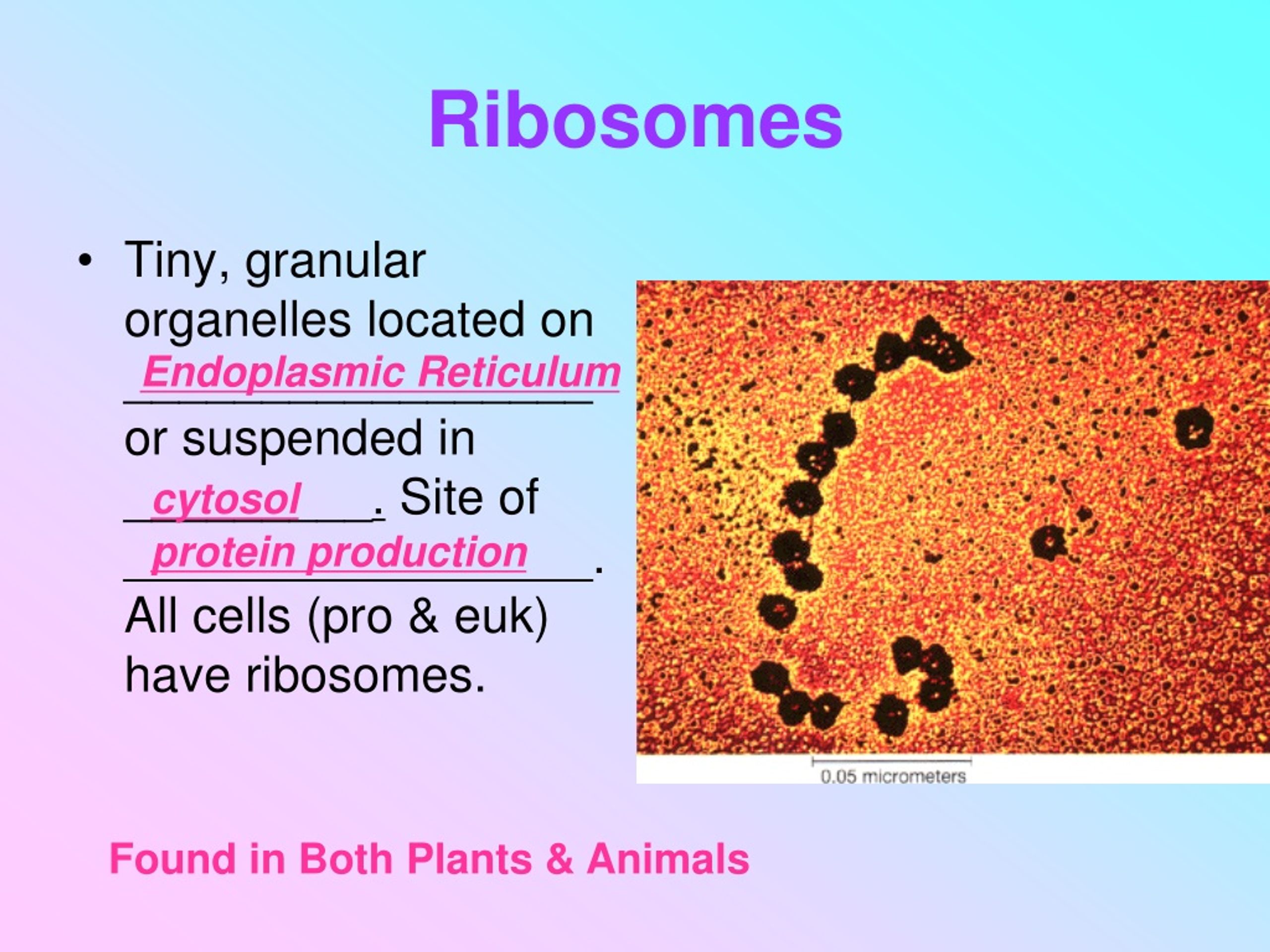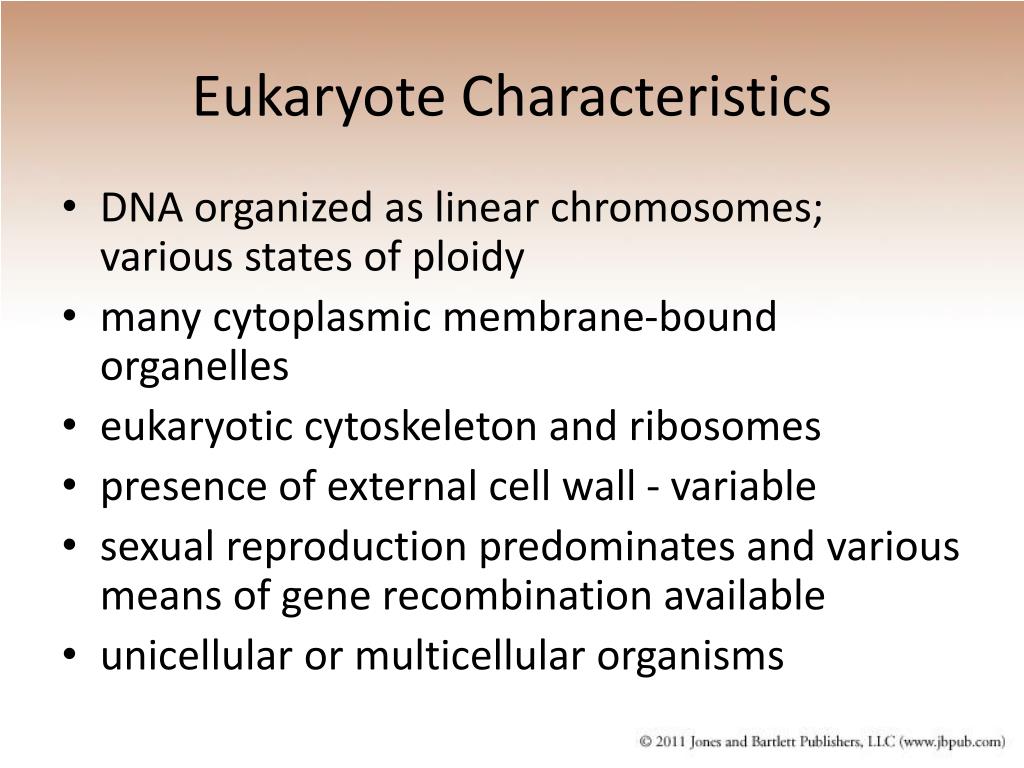
The hollow portion of the ER tubules is called the lumen or cisternal space.

However, these two functions are performed in separate areas of the ER: the rough ER and the smooth ER, respectively.
#Cell membrane pro or euk series
They are found nearly every were, from your gut to soil. 1) is a series of interconnected membranous sacs and tubules that collectively modifies proteins and synthesizes lipids. Similarly to eukaryotic cells, bacteria (eubacteria) are commonly seen as ‘true’ bacteria and are more diverse than archaea. They are broken down into five groups: methanogens (use carbon dioxide and hydrogen in anoxic conditions, to produce methane), acidophiles (live in acidic environments, usually lower than pH 2), thermophiles (live in high temperatures, between 40 and 122 ☌), psychrophiles (live in low temperatures between −20 ☌ and 10 ☌) and halophiles (live in in locations of high salt concentrations). Eukaryotes are organisms containing eukaryotic cells. They range from 10100 m in diameter, and their DNA is contained within a membrane-bound nucleus. Eukaryotic cells are found in plants, animals, fungi, and protists. Unlike eukaryotic cells, archaea are known as extremophiles, and are found in unusual extreme environments. Prokaryotes are organisms that consist of a single prokaryotic cell. The location in cell called the nucleoid. They contain more primitive single long circular DNA called a chromosome that contains all of the genes necessary for maintenance, repair and growth. They have membrane bound organelles (chloroplast and mitochondria), and a nucleus, which contains long strands of DNA structured in chromosomes.īacteria (eubacteria) and archaea are unicellular organelles, which lack membrane bound organelles and a nucleus.

They can be both unicellular and multicellular organisms. Published by John Wiley & Sons Ltd.Eukaryotic cells are more specialised cells within the Protista kingdom. T cell geometry membrane reconstitution signaling. Here, I review recent progress in studying T cell signaling using membrane reconstitution approaches. Reconstitution of purified proteins to model membranes provides a complementary avenue for T cell signaling research. While it is critical to investigate T cell signaling in a cellular environment, the large number of signaling pathways involved and potential crosstalk have made it difficult to obtain precise, quantitative information on T cell signaling. Prokaryotic DNA is found in the central part of the cell: a darkened region called the nucleoid (Figure 1). We will shortly come to see that this is significantly different in eukaryotes. Moreover, some membrane lipids can either mediate or regulate cell signaling by interacting with signaling proteins. A prokaryotic cell is a simple, single-celled (unicellular) organism that lacks a nucleus, or any other membrane-bound organelle. Membrane resident proteins can phase separate into micro-islands that promote signaling by enriching or excluding signal regulators.

Membranes decrease the dimensionality of protein-protein interactions to enable weak yet biologically important interactions. Recruitment of cytosolic proteins to membrane-bound receptors is a common critical step in many signaling pathways. Plasma membrane is the major platform for T cell signaling.

Extracellular interactions between receptors on T cells and their ligands on APCs trigger signaling cascades comprised of protein-protein interactions, enzymatic reactions, and spatial reorganization events, to either stimulate or repress T cell activation. In order for T cells to divide and execute their functions, they must be activated by antigen-presenting cells (APCs) through a cell-cell junction. T cells are central players of our immune system, as their functions range from killing tumorous and virus-infected cells to orchestrating the entire immune response.


 0 kommentar(er)
0 kommentar(er)
